Chakraa (Hannam Branch) (차크라(한남점))
3.2Km 2020-02-21
83, Dokseodang-ro, Yongsan-gu, Seoul
+82-2-796-1149
Located in a famous beautiful area of Seoul, Chakraa is an authentic Indian restaurant. It is also near the Embassy of India in Korea and the Embassies of other countries, as well as UN Village. The restaurant has seating for 60 guests.
Yennal Yeongil Naengmyeon (옛날연길냉면)
3.2Km 2021-03-18
31, Jong-ro, 46-gil, Jongno-gu, Seoul
+82-2-747-8898
This is a Korean cuisine located in Dongdaemun Gate, Seoul. A restaurant run by a Chinese. The best menu at this restaurant is cold buckwheat noodles.
GOGHI (고희)
3.2Km 2021-03-26
17, Jahamun-ro 12-gil, Jongno-gu, Seoul
+82-2-734-4907
A good café to have a meal as it has a brunch menu as well as drinks. This cafe is located in Jongno-gu, Seoul. The representative menu is americano.
Museo Gahoe (가회민화박물관)
3.2Km 2022-08-30
Bukchon-ro 52, Jongno-gu, Seúl.
El Museo Gahoe fue inaugurado en el año 2002 y expone pinturas populares, amuletos, etc., que muestran la vida y la aspiración que tenían los coreanos en la antigüedad. Se cuentan 250 pinturas populares, 750 talismanes, 150 tomos de libros antiguos, 200 dibujos de dioses, 250 materiales folclóricos, entre otros, que hacen un total de 1.700 piezas en exposición.
En el interior del área dedicada a las casas tradicionales hanok se puede conocer y explorar la vida de las personas en el pasado histórico, pinturas populares, dibujos que reflejan la religión y los mitos tradicionales, tejas con las imágenes de personas o espíritus, etc. Además, en los biombos decorados con talismanes, se puede echar un vistazo al esfuerzo que hacían los antepasados para superar las dificultades.
Museo Folclórico Nacional y Museo Infantil del Museo Folclórico Nacional (국립민속박물관&국립민속박물관 어린이박물관)
3.2Km 2024-04-18
Samcheong-ro 37, Jongno-gu, Seúl
Centro de Arte Chungmu (충무아트센터)
3.2Km 2021-07-16
Toegye-ro 387, Jung-gu, Seúl
Abierto el 25 de marzo de 2005, el Centro de Arte Chungmu está situado cerca del Dongdaemun History & Culture Park. El centro, operado por la Fundación Cultural de Jung-gu, tiene un gran teatro, con espacio para 1255 personas, y otros dos más, de menor tamaño. Además, posee una galería y un centro de convenciones. La Fundación Cultural de Jung-gu ha hecho un gran esfuerzo para hacer de la zona un lugar creativo para la cultura y el arte. Los visitantes, de cualquier edad, pueden disfrutar y participar en las diferentes actividades culturales del centro.
Hanok Guesthouse Dongchonchae [Korea Quality] / 한옥 게스트하우스 동촌재 [한국관광 품질인증/Korea Quality]
3.2Km 2021-03-26
21-10, Jahamun-ro 11-gil, Jongno-gu, Seoul
Built in 1939, Dongchonchae was designated as Seoul Well Hanok by the Seoul Metropolitan City in 2016. In 2020, this hanok (traditional Korean house) received the Certificate of KOREA QUALITY from the Korea Tourism Organization in the Heritage Hanok field in recognition of its historicity and quality of services. Dongchonjae is located in the western side of Gyeongbokgung Palace, at Seochon. When one passes through its main gate, one sees the yard, with anchae (women's quarters), sarangchae (men's quarters), and byeolchae (detached quarters) surrounding the plot. Anchae has four rooms, daecheong (wood-floored main hall), a kitchen, and a restroom. One of the rooms is used for tea ceremonies as well. Outside of the sarangchae and byeolchae, which are the living spaces for the owners, visitors have free access to the numaru (raised open floor) and the yard. The anchae’s rooms “Bom” and “Yeoreum” can accommodate 2 to 3 adults each, while the rooms “Gaeul” (Tea Room) and “Gyeoul” are optimal for two. The building is rented out as a whole, so no more than one group may stay in the building at any given time. Standard occupancy is four persons, and eight is the maximum number. There are two restrooms, one within the anchae building, one out in the backyard.
Cooking is not allowed in the kitchen, but guests are free to bring in outside food. Experience programs on offer include nighttime exploration of Seoul City Wall, tea ceremony, folk songs, and rice cake making. Additional payment is only required for rice cake making. Guests may choose between two types of complimentary breakfast: Korean, which comes with rice, soup, and three side dishes; and Western, which comes with bread, salad, and coffee. There are a 100-in screen and mini projector for film watching in the yard or daecheong. Towels, toiletries, hair dryer, bottled water, traditional tea, and capsule coffee are included. The kitchen is equipped with kitchen utensils, a microwave, and a coffee pot, enough for instant foods. Guests also have access to refrigerator and washing machine
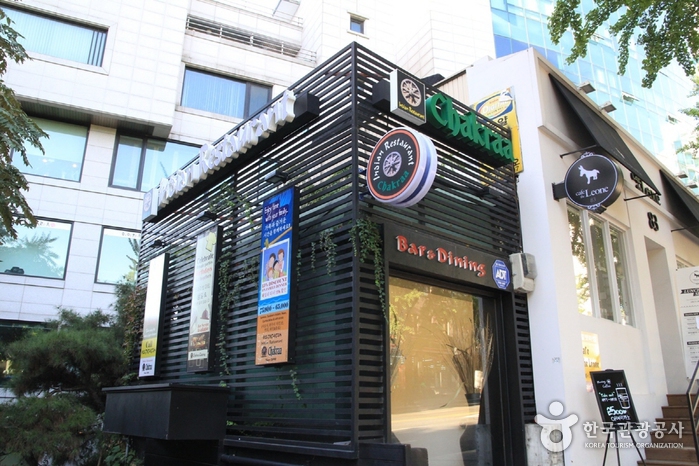
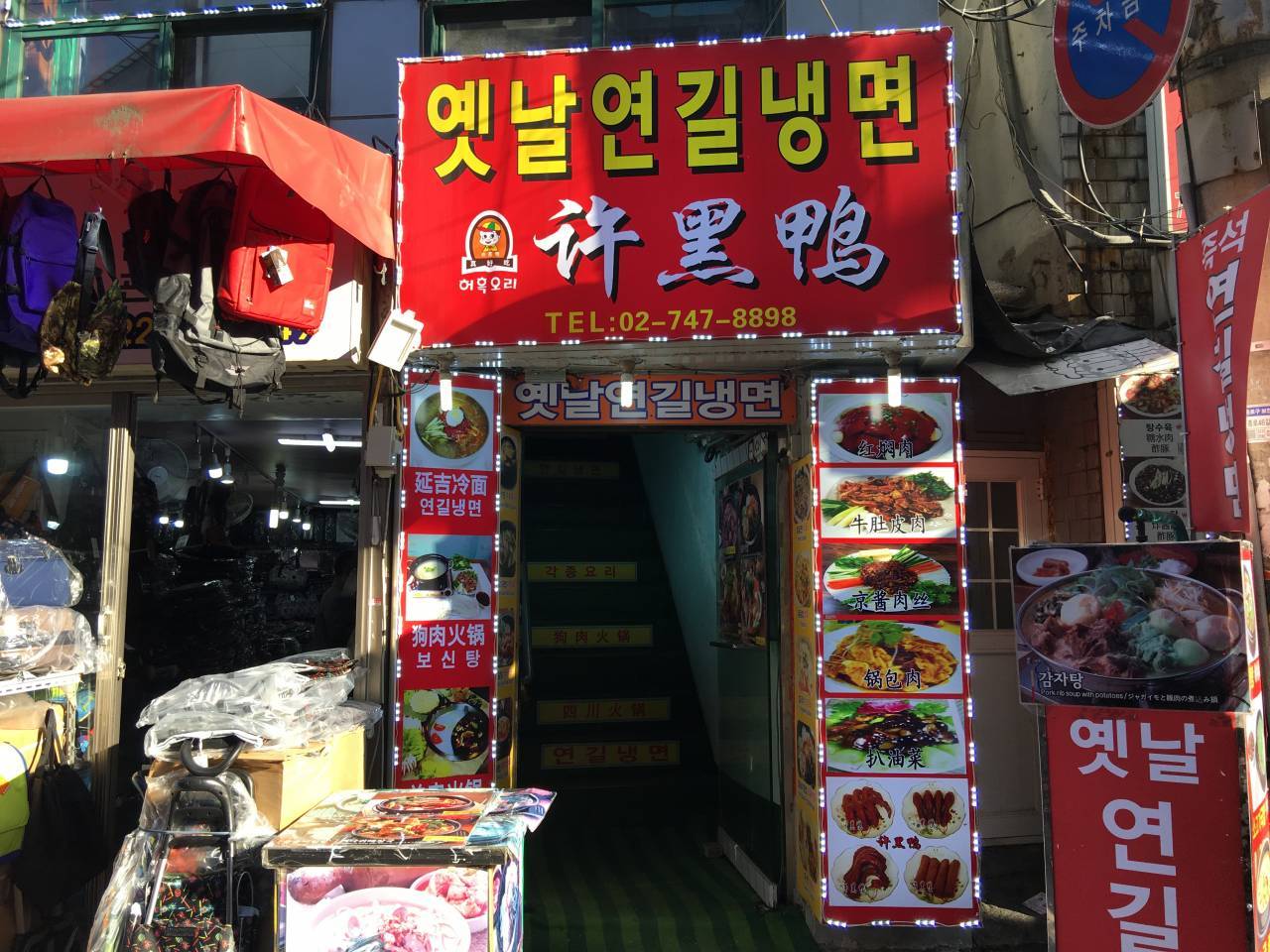
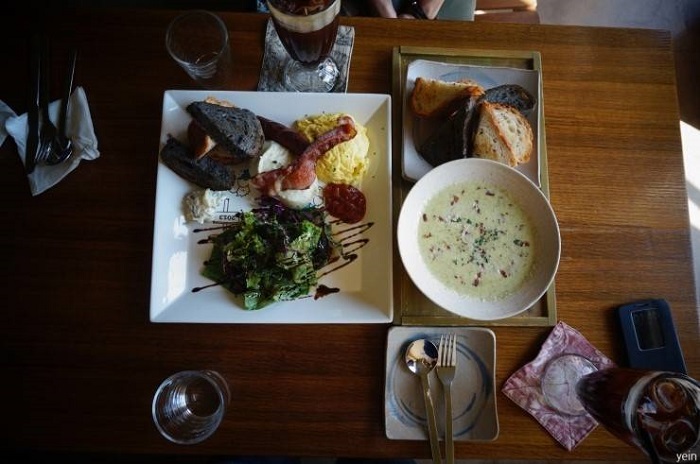
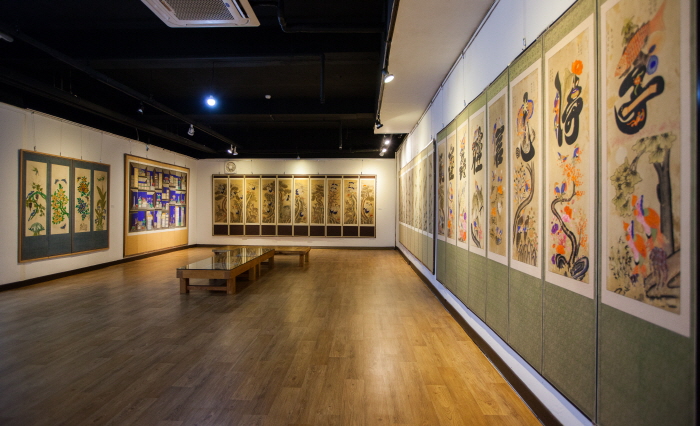

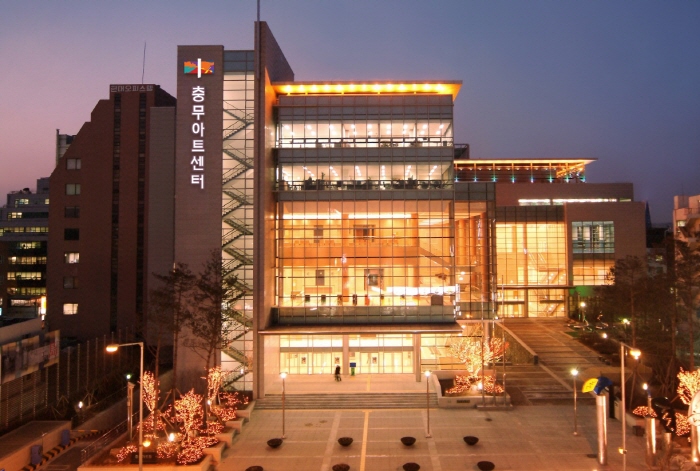
![Hanok Guesthouse Dongchonchae [Korea Quality] / 한옥 게스트하우스 동촌재 [한국관광 품질인증/Korea Quality]](http://tong.visitkorea.or.kr/cms/resource/96/2705896_image2_1.jpg)
 Español
Español
 한국어
한국어 English
English 日本語
日本語 中文(简体)
中文(简体) Deutsch
Deutsch Français
Français Русский
Русский